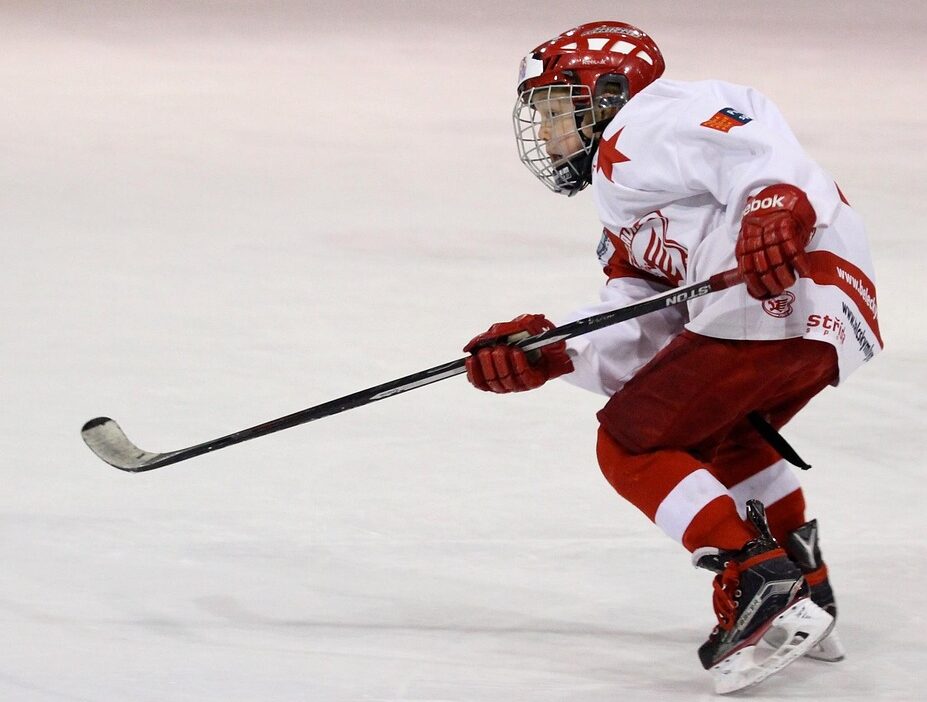Hockey has long been celebrated as a thrilling sport, rich with heritage and camaraderie. In recent years, youth hockey programs have burgeoned across communities, creating a vibrant atmosphere for young athletes to hone their skills and develop a love for the game. This article explores the rise of youth hockey programs, their impact on communities, and the future of the sport.
A Growing Trend
The past decade has seen a significant uptick in youth hockey participation. According to data from USA Hockey, registration numbers for youth players have soared, reflecting an increased interest in the sport at a grassroots level. This trend isn’t just about more kids trying hockey; it’s about structured programs that help cultivate talent, encourage teamwork, and instill a passion for the game.
Facilities and Accessibility
One of the primary drivers behind the growth of youth hockey programs is the enhancement of facilities. Many towns and cities have invested in ice rinks, making the sport more accessible. In areas where ice rinks were once a rarity, new facilities are now offering dedicated ice time for youth leagues. This accessibility is crucial; the more available a sport is, the more likely it is that children will get involved.
Training and Development
Modern youth hockey programs have embraced a holistic approach to training. Many programs incorporate not only on-ice skills development but also off-ice conditioning and mental training. Coaches now often include nutrition education and leadership workshops, equipping young athletes with life skills that extend beyond the rink. Notably, these programs emphasize the importance of a strong foundation—focusing on fundamentals rather than just winning.
Community and Camaraderie
Youth hockey builds more than just players; it creates a community. Hockey fosters camaraderie among teammates, encouraging friendships that can last a lifetime. Moreover, local programs often engage families, offering opportunities for parents to become involved as volunteers or coaches. This sense of community spirit is vital in forging strong, supportive networks that fuel the sport’s growth.
Inclusivity and Diversity
Historically, hockey has faced challenges regarding diversity and inclusivity. However, many youth programs are taking strides to bridge this gap. Initiatives aimed at providing equipment grants, scholarships, and free introductory clinics are making hockey accessible to underrepresented communities. As these efforts expand, the sport is becoming increasingly diverse, enriching the hockey community with varied backgrounds and perspectives.
The Future of Youth Hockey Programs
As youth hockey programs continue to grow, several trends will likely shape their future. Technological advancements in training, such as virtual reality simulations and analytics, are being integrated into coaching methodologies. Furthermore, the popularity of women’s hockey is inspiring more girls to take up the sport, which will boost overall participation numbers.
However, the challenge remains to keep the emphasis on fun and development. Striking the right balance between competitive play and enjoyment is crucial to ensuring that young athletes develop a lifelong love for the game.
Conclusion
The rise of youth hockey programs is an exciting development for the sport. As communities rally around local programs to support their youth, the next generation of players is being nurtured with a strong foundation in skills and sportsmanship. This growth not only enriches the lives of young athletes but also strengthens community bonds and elevates the game of hockey itself. As we look to the future, the continued success of these programs will play a key role in the evolution of hockey, paving the way for future stars and champions to emerge from the rinks.



